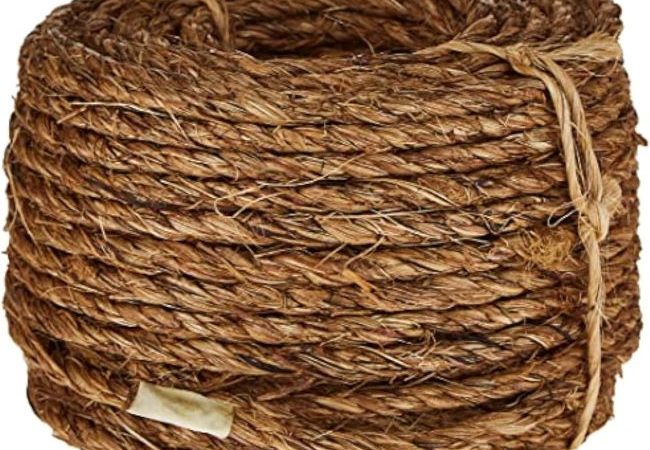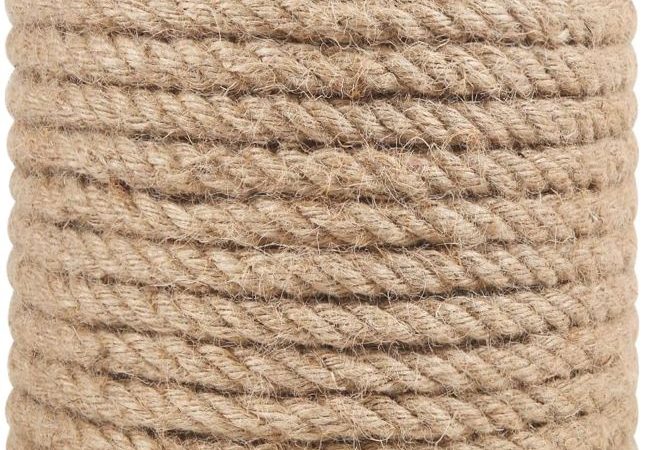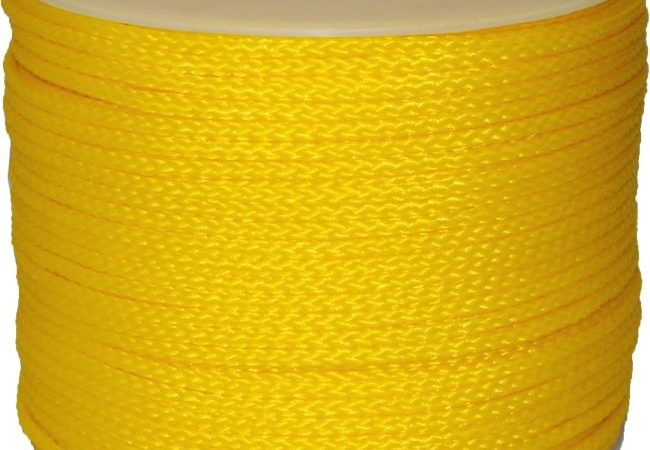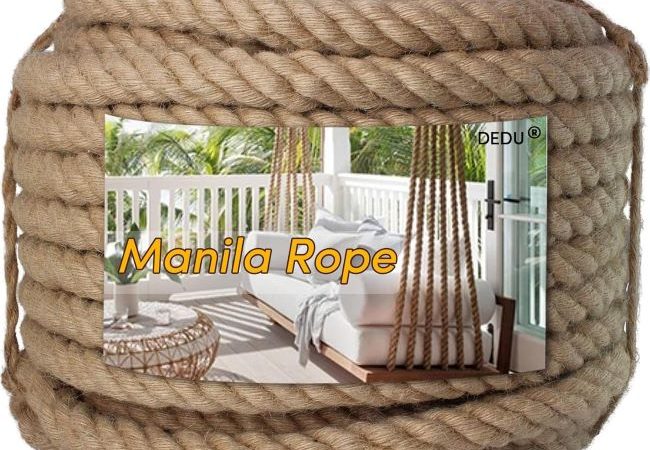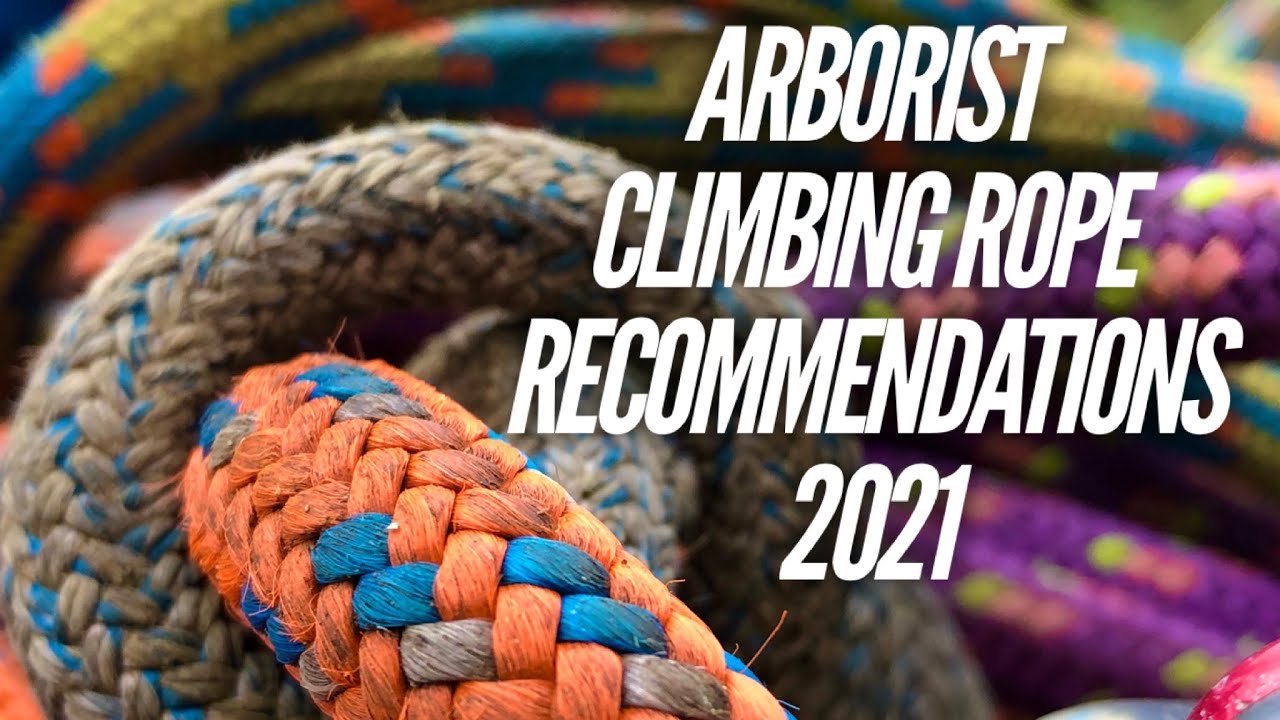
Best Rope for Arborists: Top Picks for Durability & Safety
The best rope for arborists is typically a static climbing rope with high tensile strength and durability. It should also provide good grip and be resistant to abrasion.
Contents at a Glance
ToggleArborists demand ropes that can handle the rigors of climbing, rigging, and working with trees. The ideal rope must endure constant friction, support the weight of both the climber and their gear, and offer a reliable lifeline. Safety is paramount in arboriculture; thus, a rope’s performance is crucial.
Leading brands often infuse their ropes with materials that enhance longevity and performance under stress. These ropes come in various diameters, each suited to different tasks and preferences. The choice of rope can make a significant difference in an arborist’s efficiency and safety, making the selection process critical. With the right rope, arborists can ascend, descend, and work at heights with confidence, knowing they have equipment tailored for the demands of their profession.
Introduction To Arborist Ropes
Arborist ropes are crucial for the safety and efficiency of tree climbers. Durability, strength, and flexibility are the key attributes of these ropes. Climbers need ropes that can withstand rough bark contact and abrasive surfaces. A good arborist rope must also support dynamic movements while being lightweight for ease of use.
Safety in climbing is paramount. Arborist ropes should adhere to industry standards and certifications. It’s essential to choose ropes with high tensile strength to support the climber’s weight. They must also possess excellent knot-holding capability. Regular inspection for wear and damage is crucial to maintain optimal safety levels.
Material Matters: Rope Composition
Choosing the right rope is critical for arborists. Nylon ropes offer excellent elasticity, making them ideal for dynamic activities. They absorb shock well, reducing strain on both the climber and the equipment. Polyester ropes, on the other hand, boast superior resistance to ultraviolet (UV) rays and abrasion, ensuring a longer lifespan.
Many professionals opt for blended fibers to get the best of both worlds. These ropes combine nylon’s shock-absorption qualities with polyester’s durability. The result is a rope that performs reliably under varied conditions. This blend often leads to improved safety and efficiency for arborists.
Rope Construction Types
Kernmantle ropes are a top pick for arborists. They have a core that provides strength and an outer sheath for protection. This design ensures durability and flexibility. Arborists rely on these ropes for support in trees.
Braided ropes come with their own set of advantages. Their lack of a core makes them highly flexible. Yet, they may not match kernmantle ropes in terms of load-bearing capacity.
| Rope Type | Pros | Cons |
|---|---|---|
| Kernmantle | Durable, strong | Less flexible |
| Braided | Very flexible | Lower strength |

Credit: www.youtube.com
Diameter And Length: Selecting The Right Size
Thick ropes are great for heavy loads. They are safer and more durable. Thin ropes are better for climbing. They are lighter and easier to handle.
Rope length depends on the tree height. For tall trees, use longer ropes. This makes work safer and easier. For smaller trees, shorter ropes are fine.
Breaking Strength And Load Capacity
Arborists require ropes with high breaking strength for safety. Tensile strength ratings indicate the maximum stress a rope can withstand without failing. These ratings are crucial for selecting the right rope for tree care operations.
Ropes come with a specified Working Load Limit (WLL). The WLL is a safety factor, usually a fifth of the maximum breaking strength. This limit ensures that the rope can handle the dynamic loads experienced during arborist activities.
It’s essential to understand that the load capacity affects rope performance. Frequent exposure to heavy loads can degrade a rope over time. Therefore, choosing a rope with a suitable load capacity for arborist work is vital.
Abrasion Resistance And Durability
Arborists require ropes with high abrasion resistance and durability. These qualities ensure safety and efficiency during climbs. Field tests assess the rope’s ability to withstand friction and constant use. Such tests mimic real-world scenarios, exposing ropes to rough bark and environmental elements.
Experts often conduct controlled lab tests as well. These simulate extended periods of wear. They provide valuable data on a rope’s resistance to thinning and breaking. The data reflect how well a rope performs over time, considering harsh climbing conditions.
Longevity is a key factor for arborist ropes. The best options endure through extreme weather and rough use. This ensures climbers can rely on their gear, job after job. Ropes that last longer offer better value and reduced replacement costs.
Top Rope Picks For Arborists
For professional arborists, choosing the right rope is crucial. High-performance ropes offer durability and safety. These ropes handle heavy loads and rough use well. Brands like Samson and Sterling are top picks. Their products ensure reliability in demanding situations.
Budget-friendly ropes are great for occasional climbers. They provide good quality at a lower price. Popular choices include ropes from BlueWater and Mammut. These options are perfect for those not climbing daily.
Maintenance And Care For Arborist Ropes
Arborist ropes require careful maintenance to ensure durability and safety. Proper storage is crucial to prevent damage. Ropes should be kept dry, away from direct sunlight, and in a cool, well-ventilated area. It’s best to hang ropes loosely to avoid kinks or coils that could weaken the fibers.
Regular cleaning keeps ropes in top condition. Use mild soap and water to remove dirt and debris. Avoid harsh chemicals that can degrade the rope material. After washing, thoroughly dry the rope before storage. Inspection is a key part of rope care. Look for signs of wear, such as fraying or discoloration. Check the entire length for consistency in texture and strength.
Safety First: Climbing Knots And Anchors
Essential knots form the cornerstone of an arborist’s safety regimen. Mastery of these knots is non-negotiable for secure climbing and efficient work. The Bowline, known for its strength and ease of untying, is a must-know.
The Running Bowline serves well for its loop that tightens under load, while The Alpine Butterfly allows for a secure loop in the middle of a rope. Double Fisherman’s is vital for joining ropes without slippage.
| Knot Name | Use | Feature |
|---|---|---|
| Bowline | Fixed Loop | Easy to untie |
| Running Bowline | Adjustable Loop | Tightens under load |
| Alpine Butterfly | Mid-rope Loop | Load distribution |
| Double Fisherman’s | Rope Joining | Prevents slippage |
For secure anchoring, an arborist must ensure proper systems are in place. Anchor points should be well-assessed for strength. Load distribution is key to prevent system failure. Regular checks and maintenance of equipment are imperative for ongoing safety.

Credit: www.amazon.com
Future Trends In Arborist Rope Technology
Arborists constantly seek stronger and more durable ropes. New materials like ultra-high-molecular-weight polyethylene (UHMWPE) are emerging. These materials offer enhanced strength-to-weight ratios, vital for arborists’ demanding tasks. Lightweight ropes with robust cores now allow for easier climbing and maneuvering.
Rope safety has seen significant advancements too. Smart fibers with embedded sensors can now monitor wear and tear, alerting users to potential failures. Reflective threads have been woven into ropes, increasing visibility in low light conditions. These innovations aim to reduce the risk of accidents and enhance overall safety for tree care professionals.

Credit: canberradiamondblade.com.au
Frequently Asked Questions
What Is The Strongest Arborist Rope?
The strongest arborist rope is typically made of ultra-high-molecular-weight polyethylene (UHMWPE), known for its high strength-to-weight ratio.
How Do I Choose An Arborist Rope?
To select an arborist rope, consider the rope’s diameter, material, strength, and elasticity for the intended tree work. Ensure it meets industry safety standards and suits your climbing technique and gear compatibility.
What Is The Best Rope For Tying Up Trees?
The best rope for tying trees is a soft, flexible, and weather-resistant arborist rope to prevent bark damage and ensure durability.
What Are Arborist Ropes Made Of?
Arborist ropes are typically made from synthetic materials like polyester or nylon. These materials offer durability and flexibility, essential for tree climbing and rigging tasks.
Conclusion
Choosing the right rope for arboriculture is crucial for safety and efficiency. Each type discussed offers unique benefits, tailored to specific needs and environments. Consider factors like durability, flexibility, and weight. Remember, the best rope balances performance with your budget.
Equip yourself wisely to ensure both safety and success in your arborist endeavors.
{ “@context”: “https://schema.org”, “@type”: “FAQPage”, “mainEntity”: [ { “@type”: “Question”, “name”: “What is the strongest arborist rope?”, “acceptedAnswer”: { “@type”: “Answer”, “text”: “The strongest arborist rope is typically made of ultra-high-molecular-weight polyethylene (UHMWPE), known for its high strength-to-weight ratio.” } } , { “@type”: “Question”, “name”: “How do I choose an arborist rope?”, “acceptedAnswer”: { “@type”: “Answer”, “text”: “To select an arborist rope, consider the rope’s diameter, material, strength, and elasticity for the intended tree work. Ensure it meets industry safety standards and suits your climbing technique and gear compatibility.” } } , { “@type”: “Question”, “name”: “What is the best rope for tying up trees?”, “acceptedAnswer”: { “@type”: “Answer”, “text”: “The best rope for tying trees is a soft, flexible, and weather-resistant arborist rope to prevent bark damage and ensure durability.” } } , { “@type”: “Question”, “name”: “What are arborist ropes made of?”, “acceptedAnswer”: { “@type”: “Answer”, “text”: “Arborist ropes are typically made from synthetic materials like polyester or nylon. These materials offer durability and flexibility, essential for tree climbing and rigging tasks.” } } ] }
